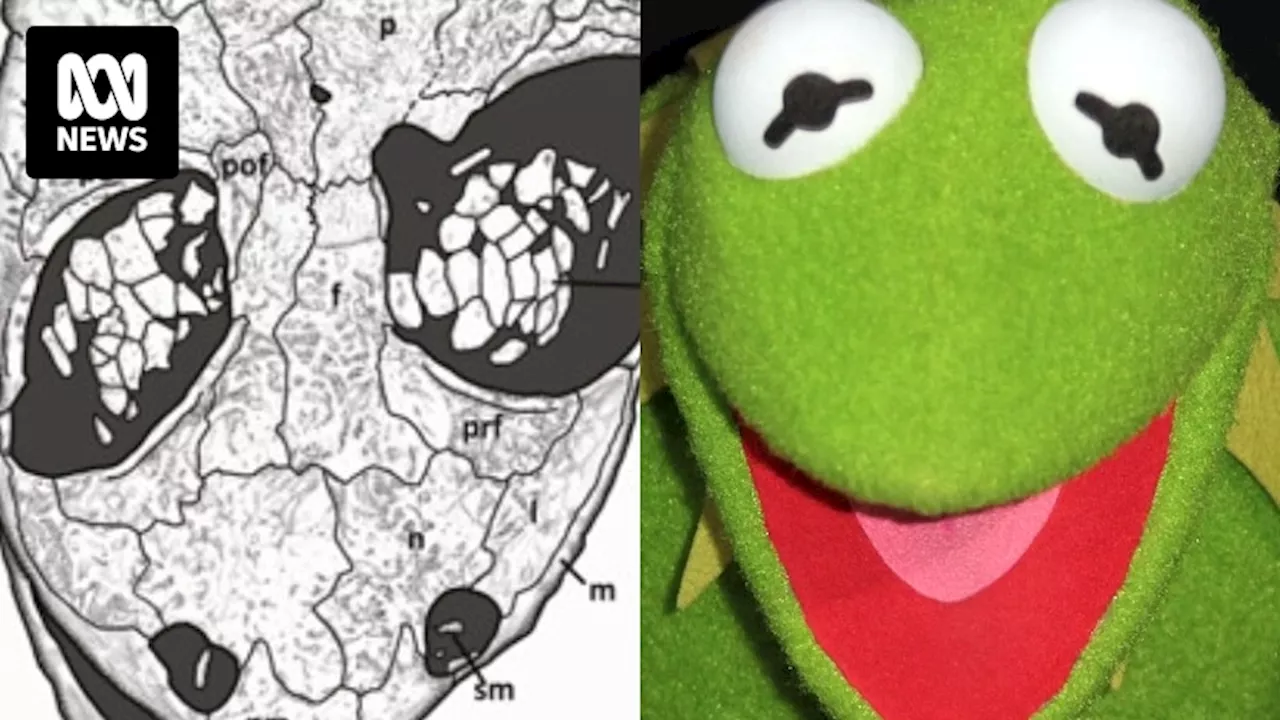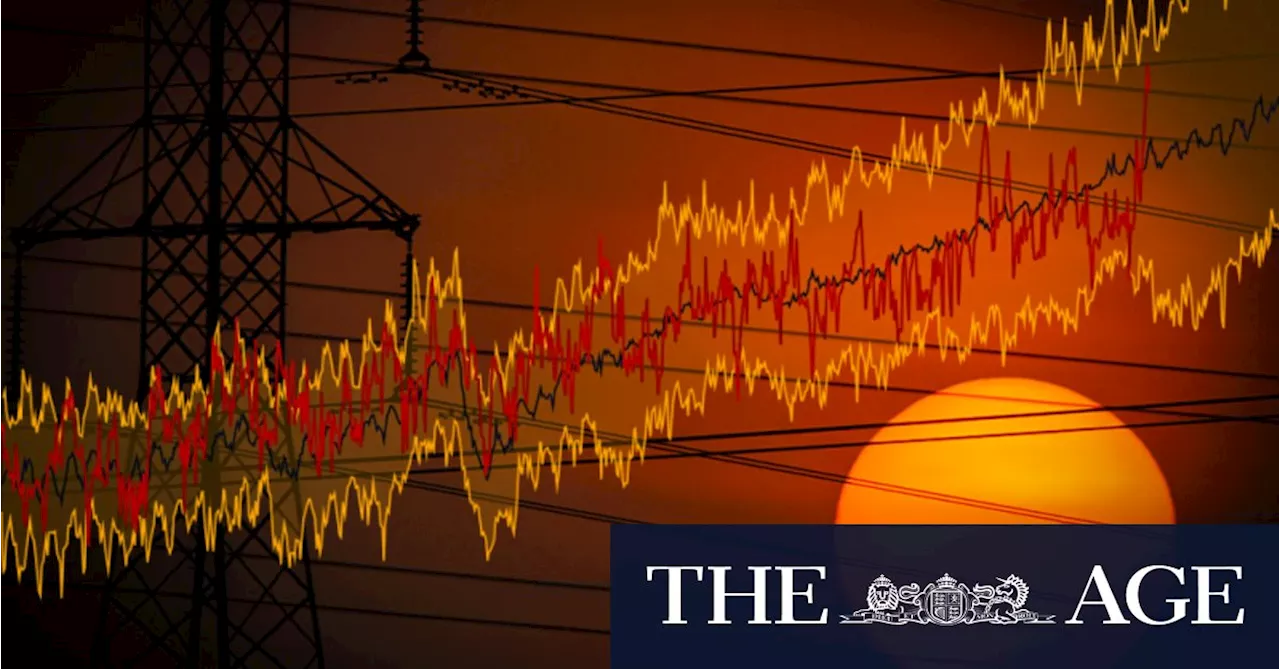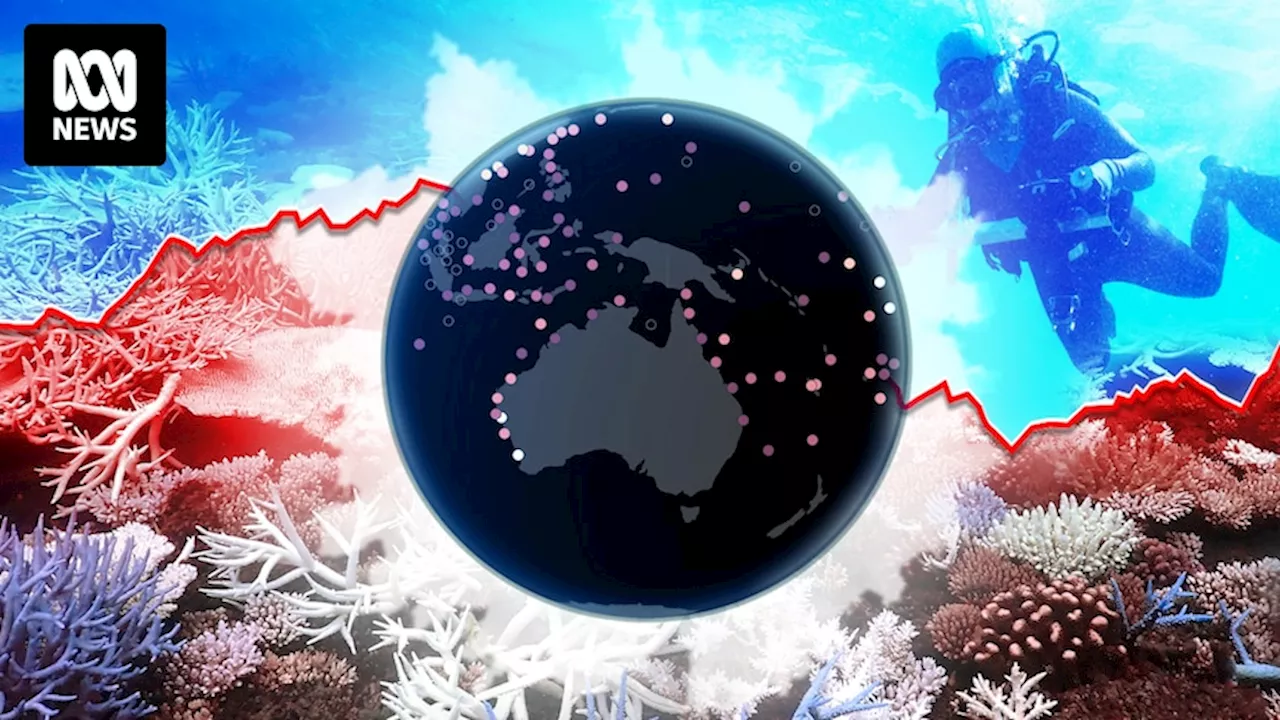After a year of record-breaking heat, a devastating story has been playing out in the world's oceans. Scientists working along the most breathtaking reefs show what led to climate agency NOAA calling a global bleaching event for only the fourth time in history.
Global coral bleaching event called by US climate agency for the fourth time in history after year of extreme ocean heatMaya Srinivasan still remembers being blown away by the incredible beauty of the coral reef the very first time she put on her goggles to go for a dive.But, she says, it's been a sad summer on the Great Barrier Reef .Though it looked pretty, she knew the mix of fluorescing colours and white she saw during her surveys was bad news.
But all of them are susceptible to bleaching when the sea surface temperature rises above the typical summertime peak.Alert levels 3 to 5 were only recently added, in response to the unprecedented levels of coral bleaching heat stress witnessed last year.In June, mass bleaching began to take off across the eastern Pacific and southern Caribbean and in waters around Central America.
But when Ian Enochs, who is the head of the Atlantic Oceanographic and Meteorological Laboratory, dived underneath the water to look at the site in July, the usually colourful reef corals were entirely bleached.They had expelled their colourful algae inhabitants — which have a symbiotic relationship with the coral — after weeks of extreme heat stress.
"The size of the anomaly, so just how hot it has been above average, for the entire global ocean has been off the charts," NOAA's Dr Manzello said.deserve the blame, University of New South Wales physical oceanographer Matt England said."People have been speaking about cleaner air over the oceans with the shipping industry fixing up emissions, and they definitely can contribute," he said.
This photo of Ribbon Reef, on the northern side of the Great Barrier Reef, was taken before coral bleaching occurred in December 2023."Some sites we surveyed in December were among the healthiest reefs I'd seen in 10 to 15 years, with coral cover upwards of 80 per cent." "To the untrained eye, bleached reefs actually look incredibly beautiful because the corals fluoresce and then turn white, so you get amazing shades of bright pink, blue and purple," she said.
Even still, Dr Srinivasan holds on to some hope that some of the bleached corals at the reef will survive if conditions cool down quickly enough.Meanwhile in Western Australia, the world-heritage-listed Ningaloo Reef, and those in the Pilbara, are expected to have avoided falling to the same fate as other reefs around the globe, according to the Australian Institute of Marine Science .
This is how severe bleaching was in reefs in the Gulf of Mexico and the Caribbean Sea by the end of March this year.A look at the same time the year prior shows just how extreme this bleaching event has been. "So, much of the Great Barrier Reef is undergoing bleaching right now, however not all reefs are going to be impacted the same," he said.
Coral Coral Bleaching Mass Coral Bleaching Great Barrier Reef Ningaloo Reef Australia's Reefs Coral Death Ocean Warming Climate Change Ocean Temperatures Florida Key West Coral Spawning Coral Health
Australia Latest News, Australia Headlines
Similar News:You can also read news stories similar to this one that we have collected from other news sources.
 Scientists call for protection of moon sites that could advance astronomyFears raised that prime lunar locations for universe-unravelling instruments are in danger from imminent wave of human activity
Scientists call for protection of moon sites that could advance astronomyFears raised that prime lunar locations for universe-unravelling instruments are in danger from imminent wave of human activity
Read more »
 Puberty makes teenagers’ armpits smell of cheese, goat and urine, say scientistsResearch into children’s body odours also found babies smell of flowers and soap, eliciting parental affection
Puberty makes teenagers’ armpits smell of cheese, goat and urine, say scientistsResearch into children’s body odours also found babies smell of flowers and soap, eliciting parental affection
Read more »
 Prehistoric creature named after Kermit the Frog offers clues on amphibian evolution, scientists sayThere were definitely no muppets 270 million years ago, but there was a Kermit — or at least an ancestor of modern amphibians, according to scientists who uncovered its fossilised skull.
Prehistoric creature named after Kermit the Frog offers clues on amphibian evolution, scientists sayThere were definitely no muppets 270 million years ago, but there was a Kermit — or at least an ancestor of modern amphibians, according to scientists who uncovered its fossilised skull.
Read more »
 Scientists struggle to explain ‘really weird’ spike in world temperaturesExtreme temperatures have shattered the grimmest expectations of a warming world and tested climate models.
Scientists struggle to explain ‘really weird’ spike in world temperaturesExtreme temperatures have shattered the grimmest expectations of a warming world and tested climate models.
Read more »
 Scientists struggle to explain ‘really weird’ spike in world temperaturesExtreme temperatures have shattered the grimmest expectations of a warming world and tested climate models.
Scientists struggle to explain ‘really weird’ spike in world temperaturesExtreme temperatures have shattered the grimmest expectations of a warming world and tested climate models.
Read more »
 Scientists struggle to explain ‘really weird’ spike in world temperaturesExtreme temperatures have shattered the grimmest expectations of a warming world and tested climate models.
Scientists struggle to explain ‘really weird’ spike in world temperaturesExtreme temperatures have shattered the grimmest expectations of a warming world and tested climate models.
Read more »
